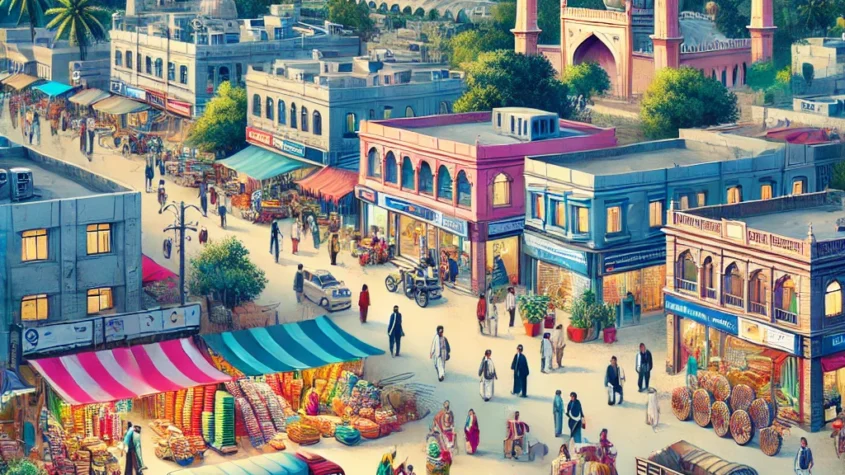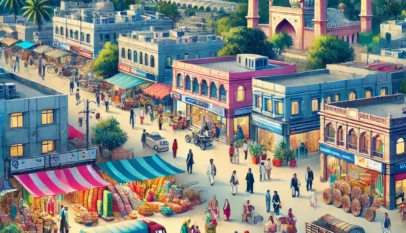EGERP Panipat: Transforming Business Operations with Innovative Solutions
The Eger Panipat is an intriguing subject that combines history, culture, and modern significance. It serves as an essential landmark in understanding the evolution of strategic military formations in South Asia. This blog post will explore its historical context, notable events, and the lasting impact it has had on both local and national levels.
Panipat is known for being the site of three significant battles, pivotal moments in Indian history. Each conflict reshaped the political landscape and showcased the region’s importance in military strategy. By delving into these events, readers can grasp the complex interplay of power and culture that characterizes this area.
In addition to its historical importance, Eger Panipat continues to influence contemporary discussions on heritage and identity. The blending of past and present challenges readers to reflect on how historical sites shape modern society. The exploration of Eger Panipat not only satisfies historical curiosity but also uncovers its relevance in today’s world.
History of Egerp Panipat
Egerp Panipat has a rich history that highlights its founding and its role in regional development. This section explores the origins of Egerp Panipat and its significance in the surrounding area.
Founding and Early History
Egerp Panipat was established in the early 18th century, emerging as a strategic location for trade and commerce. The town was founded by settlers who recognized its potential due to its proximity to major trade routes. It served as a hub that facilitated the movement of goods between northern and southern regions of India.
The initial growth of Egerp Panipat was fueled by agriculture and textile industries. Skilled artisans and farmers migrated to the town, contributing to its burgeoning economy. Over time, the settlement evolved, becoming known for its unique cultural blend and historical significance in the region.
Significance in Regional Development
Egerp Panipat played a crucial role in the regional economy, impacting surrounding areas significantly. Its location made it an important marketplace where traders exchanged a variety of goods. The town’s thriving economy attracted investment, leading to infrastructure development.
Furthermore, Egerp Panipat became a center for education and culture. The establishment of schools and cultural institutions led to the growth of literacy and social awareness. This development fostered a sense of community and contributed to the overall progress of the region.
Economic and Cultural Impact
The economic and cultural landscape of Panipat reflects its historical significance and contemporary developments. Industrial growth has driven the economy while cultural heritage continues to shape local identity.
Industrial Growth and Contributions
Panipat is a significant industrial hub, particularly renowned for its textile and carpet manufacturing sectors. The city is often referred to as the “Textile City” of India due to its extensive weaving and textile processing facilities.
- Key Industries:
- Textile manufacturing
- Carpet production
- Oil refining and storage
These industries contribute to employment and provide goods both locally and internationally. The economic contributions from these sectors bolster the local economy and enhance regional trade networks.
Cultural Heritage and Modern Identity
Culturally, Panipat is rich in history, known for pivotal battles that shaped Indian history. Key landmarks, like the Panipat Museum, showcase its glorious past and educate visitors.
- Cultural Sites:
- Historical battles: First, Second, and Third Battles of Panipat
- Architectural landmarks: Tomb of Iltutmish, Panipat Fort
Contemporary festivals, art forms, and local traditions continue to celebrate its legacy. This fusion of ancient history and modern identity positions Panipat as a vibrant city, reflecting both pride in its heritage and adaptation to current trends.
British Virgin Islands Company Registry Explained: Key Facts and Procedures
The British Virgin Islands company registry is a centralized system that maintains detaile…














